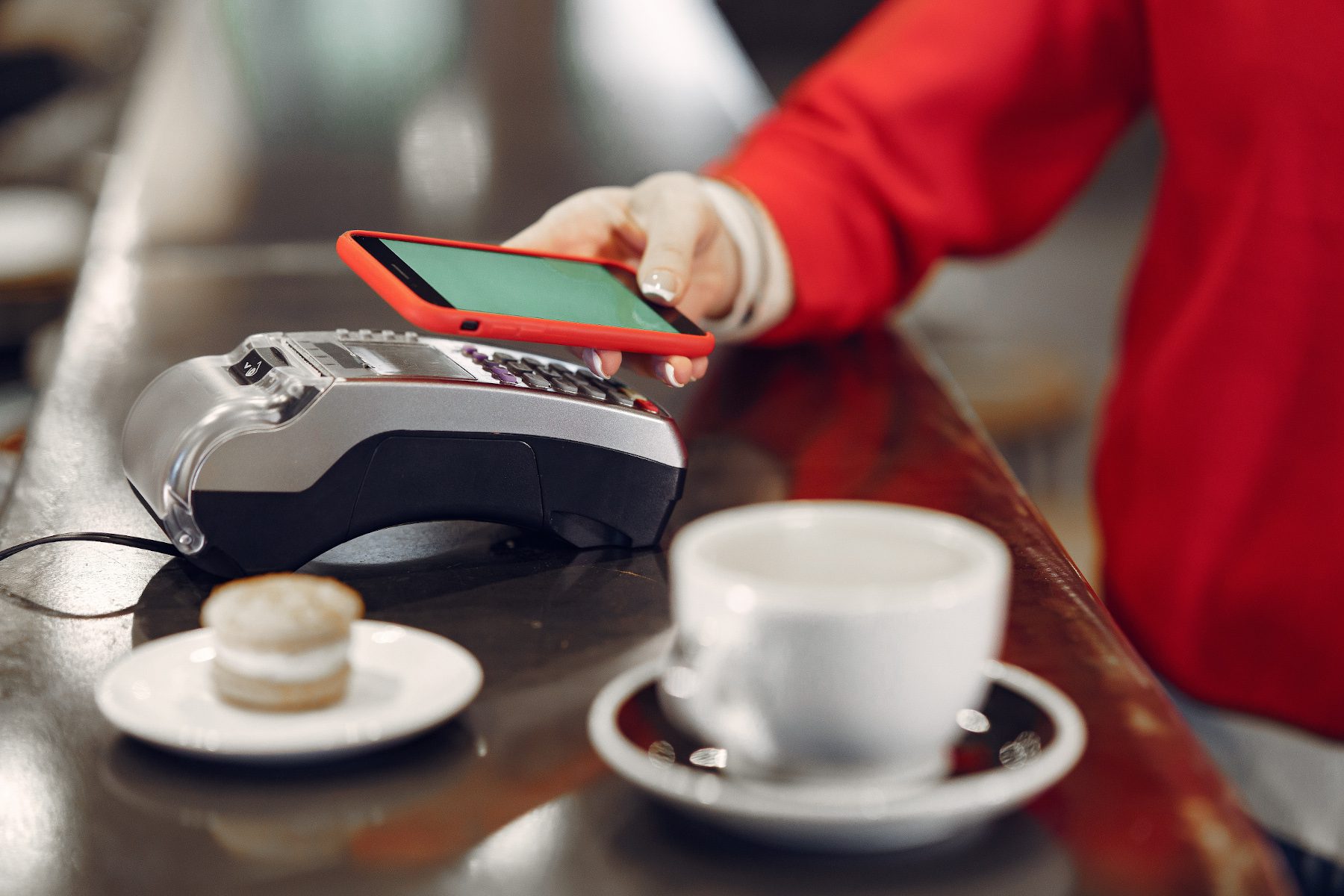Contactless technologies thrived in 2021, leaving some businesses wondering where and how to cope with such a change. As Covid continues to be a constant threat to brick and mortar locations, more and more companies are turning to contactless technologies to maintain operations. From e-commerce to logistics, almost anything can be conducted without human contact. But how does this improve your digital worthiness? Having an online presence is critical in today’s world, especially in a customer’s journey, but what is the impact of contactless technologies on a customer’s journey?
Are contactless technologies becoming the norm?
With the world still vastly in seclusion, the marketing trends have shifted to being contactless. Studies have shown that today’s digital experience is more dynamic, focusing on the customer’s overall experience to meet their retail and essential needs. Forrester’s studies show that 37% of consumers lean toward doing all of their critical needs contactlessly. This number increased by 20% in the past year. The impact of contactless technologies on the world has caused some countries, such as Italy, to see surges of 81% in a single week. The point is that companies, regardless of the type of business, are being impacted by contactless technologies. Therefore, adding contactless technologies to your business model would increase your overall digital worthiness.
Any issue with contactless technologies?
Entities have no choice but to adopt a thorough plan of the overall customer digital journey; to use contactless technologies properly and make the customer’s experience memorable for users.
The customer experience must go beyond the product to include information, empowerment, and commitment. If any of these areas are lacking, it is far more likely that a customer would choose another business that can better fulfill their digital expectations. When setting their digitalization strategy, entities should seek a balance of contactless technologies and human interaction. This minimizes the feeling of disconnection and boosts their property’s digital worthiness. In today’s society, where contactless technology is end-to-end, this balance is crucial, even vital for a successful qualitative customer-oriented digital strategy.
What is end-to-end contactless?
The end-to-end contactless journey is the framework of a customer’s path when interacting with your brand. They are the encompassed stages of interactions between the digital entities and the customer. End-to-end means that the journey from the beginning of the customer’s engagement with the business until the transactions or services are rendered is made contactless.
Contactless technologies help entities to stay in contact with their steadfast customer base. Customers who are concerned about the pandemic or are trying to adhere to the health guidelines may not feel comfortable physically interacting. Yet, the same customers can still engage with a business if there is an end-to-end contactless digital journey to purchase goods or services.
Go contactless depending upon your needs
The contactless technologies used will depend upon your client’s needs. While end-to-end contactless technologies are growing within the service and retail industry, it does not mean that there is a “one-size-fits-all” for all brands. The travel industry has also benefited from contactless technologies during the Covid pandemic. Emirates airlines announced, in 2021, a complete contactless journey offering advanced technologies to travel safely through Dubai International airport and onboard: travel pass app, biometric path, self-check-in kiosks, smart gates, digital menus, … Brands that have established practices that have developed customer loyalty should evaluate and experiment with different contactless digital entities such as touchless pay, online booking, online forums, contact and support chat, and virtual meetings. Businesses do not have to implement a totally contactless system to increase their digital worthiness. It will help if they show that they are taking precautions and have their customers’ best interests in mind.
The impact on service-related businesses
You may wonder how contactless technologies have impacted the service-related industry. For this, all you have to do is to look at the healthcare sector. First, temperatures and face mask checks can be done through automated systems, regulating potential high-risk patients to those who do not show the standard symptoms. Outside of the Covid risks, doctors use virtual technologies such as zoom to conduct meetings with their patients. Counselors are finding that they can conduct sessions in this way as well. Because of this, customers see the worth of the businesses embracing contactless technologies. It is not that the company is disengaging from the client; it is adapted to our world of safe distancing.
If you are using contactless technologies, ensure that you have the proper realignment of your customer service. When appropriately adapted, the data and analytics can help businesses increase their worthiness with customers through campaigns, apps, surveys, videos, and empowerment information. Remember, the sole purpose of the digital is to map a better understanding of your customers while having your customer learn more about your brand. The contactless services offered must adhere to the fundamental focus of customer engagement and empowerment if your entity is to be deemed worth the customer’s time.
Streamlining the experience
Contactless technologies contribute to multiple parts of a business. While the business’s products, goods, or services are important, so are the behind-the-scenes aspects of a business. Business employees can benefit from contactless technologies that would help to boost the worthiness of your brand. Employees are advocates for your brand as well as the customers. Contactless technologies can be used within a business to help streamline the processes and minimize contact between various departments. Thus, minimizing the risk of a Covid outbreak, disruptions to demands, and other related issues.
The fewer parties you have involved with the behind-the-scenes aspects of your business, the quicker and more efficiently your business will run. Customers seek to find companies that can quickly address their needs. Furthermore, when there are any issues, questions, or concerns, having a contactless way to address these builds up the digital worthiness of your brand. So, from the front desk to the loading and delivery, you can see how contactless technologies can boost your worthiness.
Contactless technologies are here to stay
Market data suggests that contactless technologies quickly become the norm for retail and service transactions. The impact of contactless technologies has been revolutionizing, causing all markets to either get on board with the technologies or suffer customer churning. Digital entities should avoid overusing contactless technologies, which would negatively impact their customers. You want to cause engagement, not estrangement, with your brand. You need to understand the strengths and the weaknesses of your contactless digital entity to do this. Obtaining your property’s digital worthiness rating is one way in which you can find the strengths and weaknesses of your business. But what then?
Showcase your property’s AT Rating so that other customers will feel comfortable engaging with your brand. By showing your digital worthiness to others, you expect new customers to become loyal customers.



